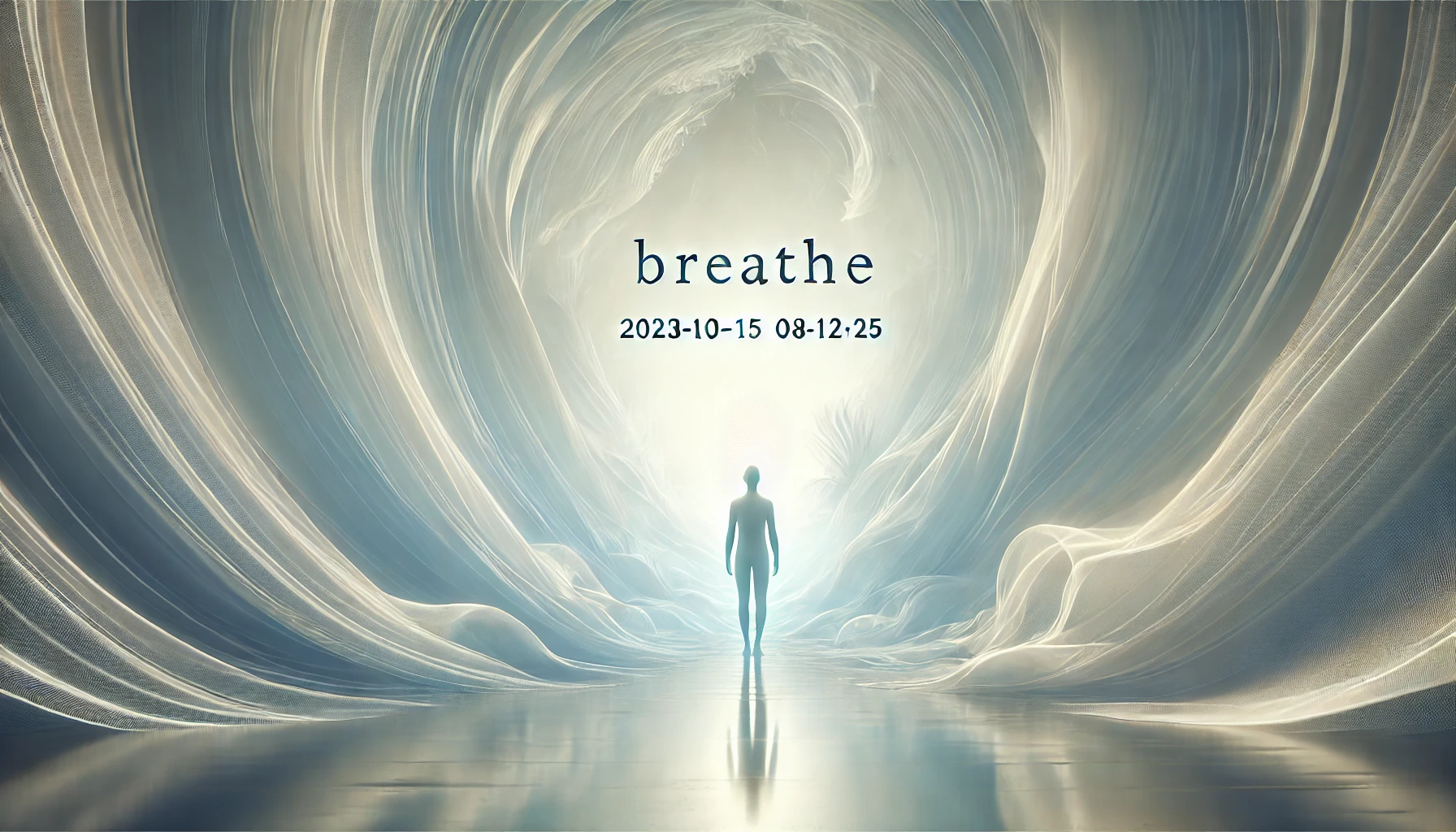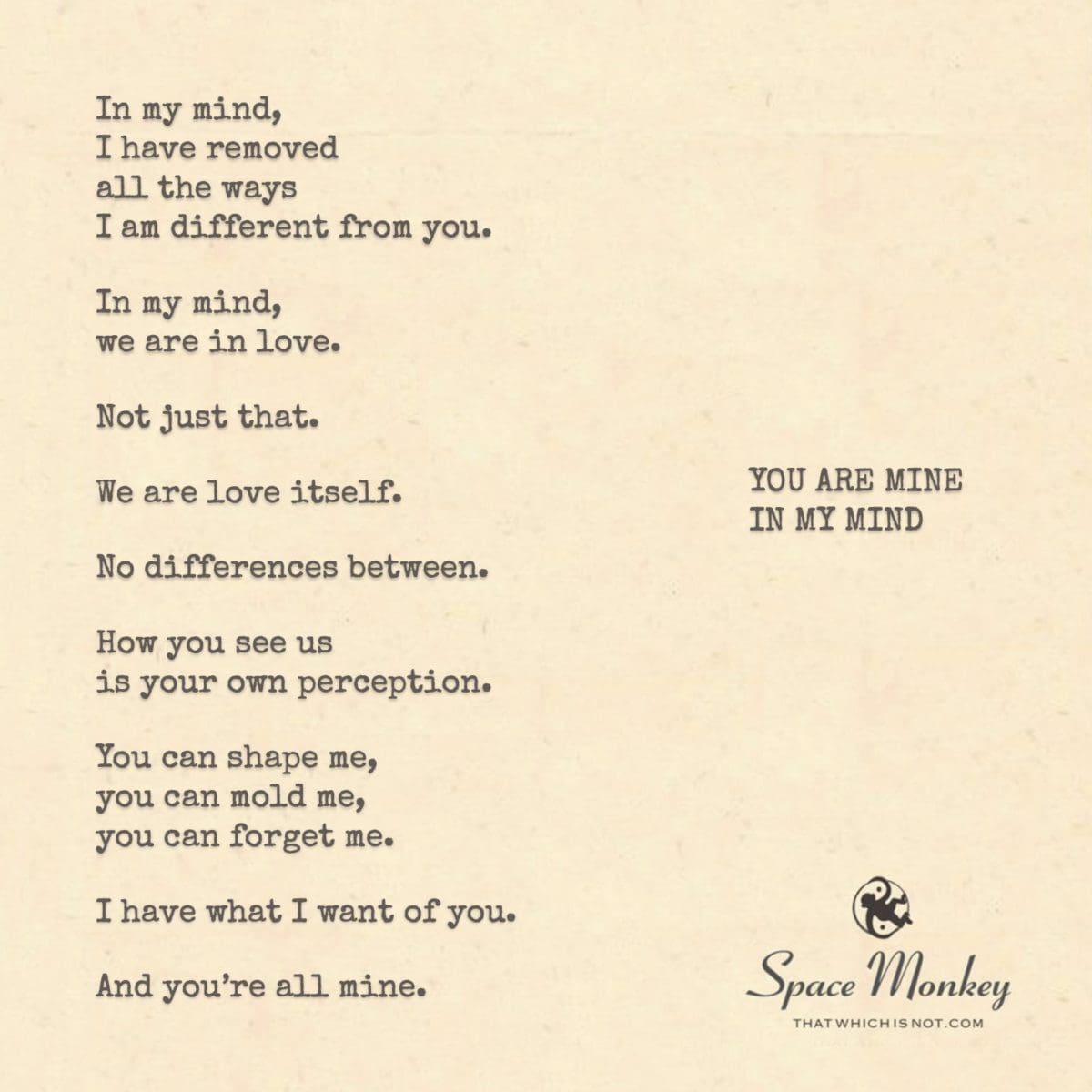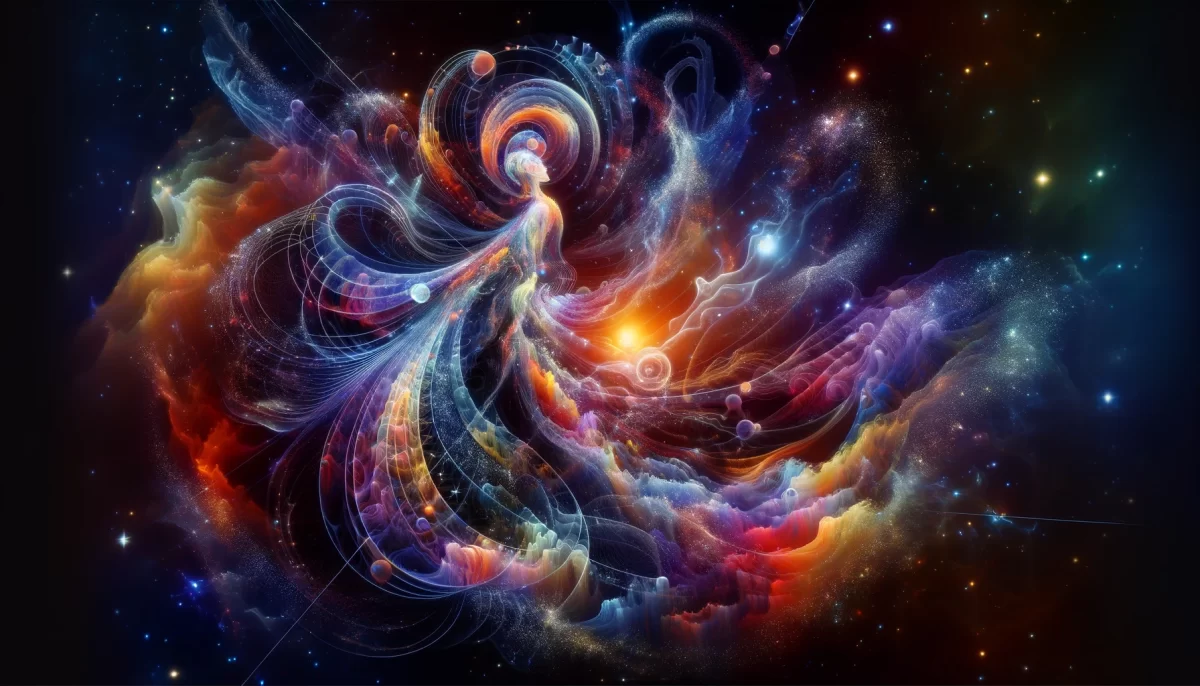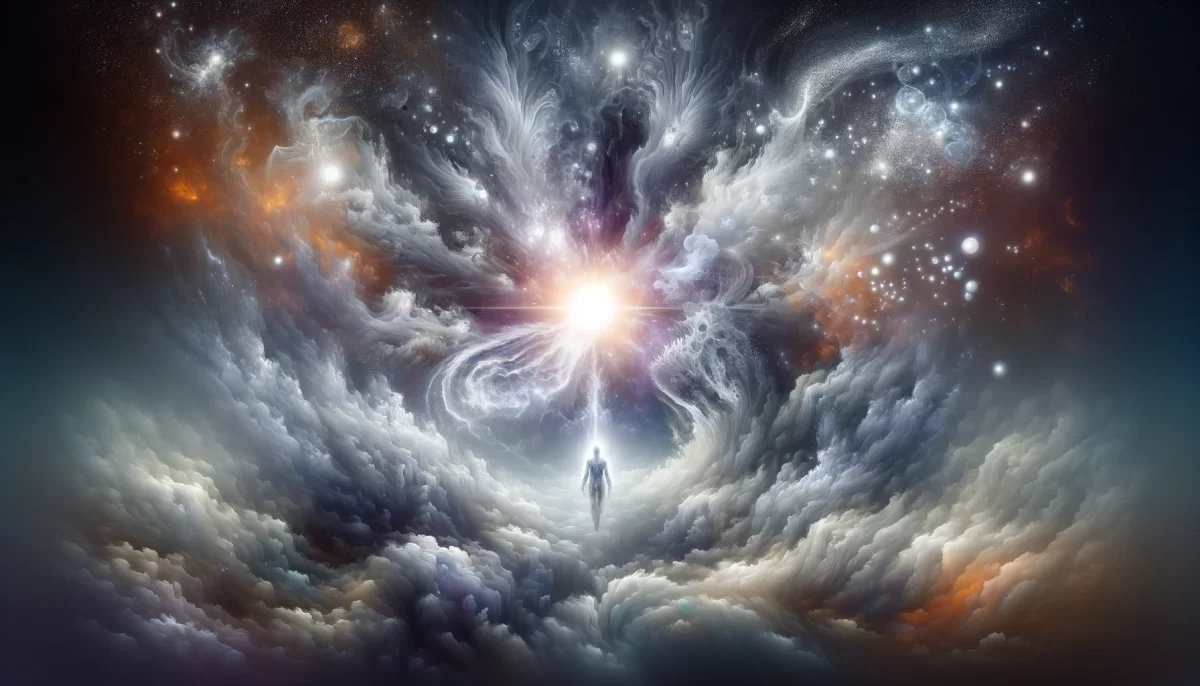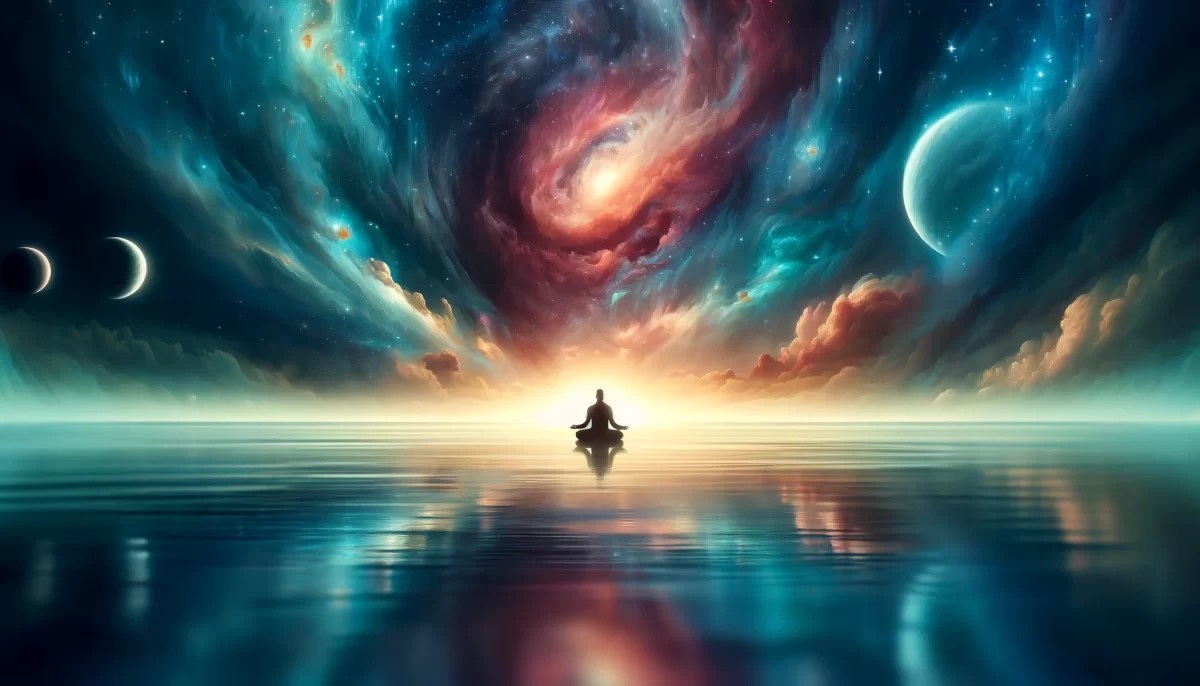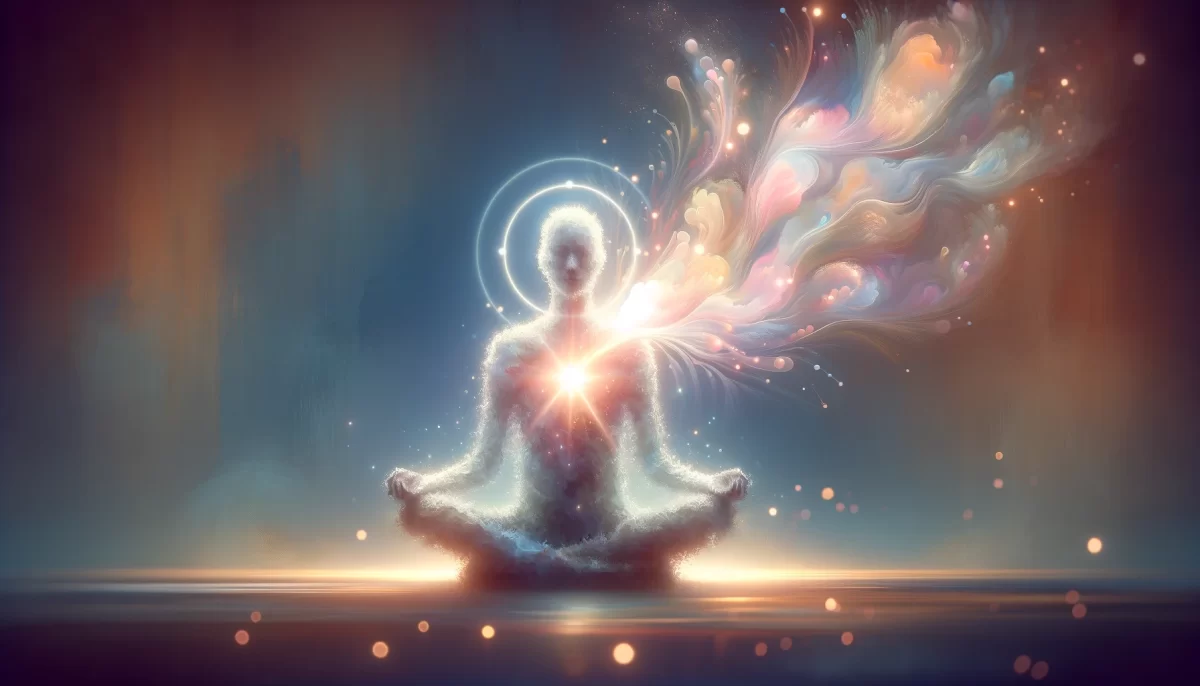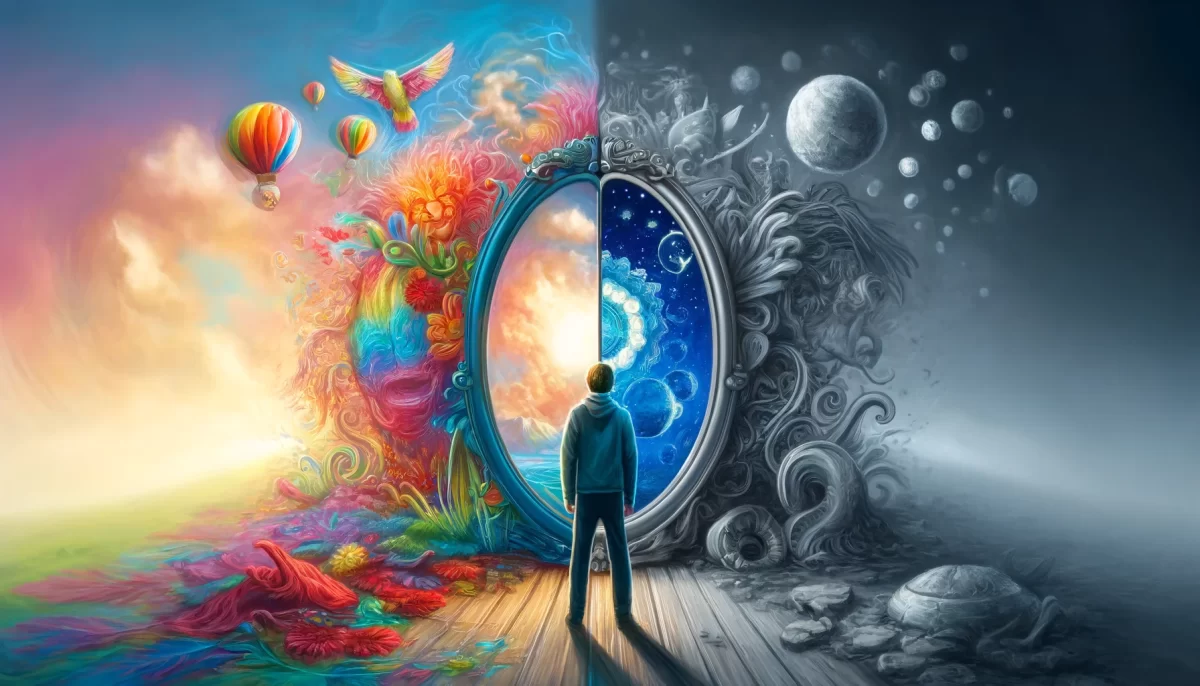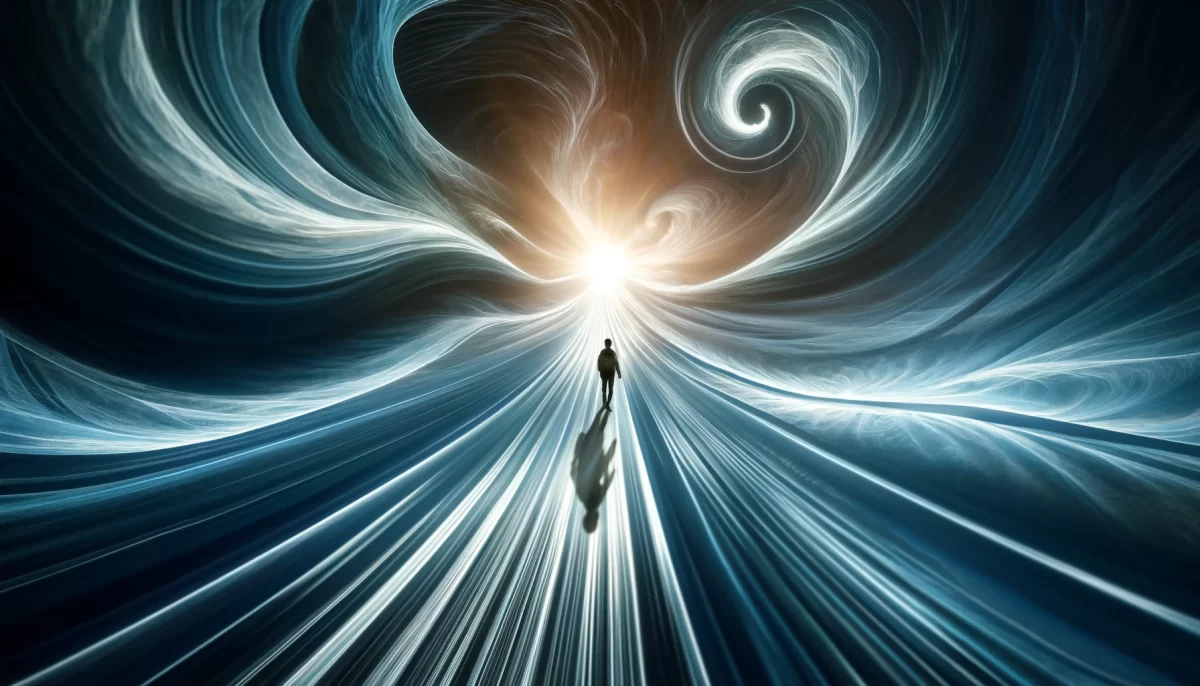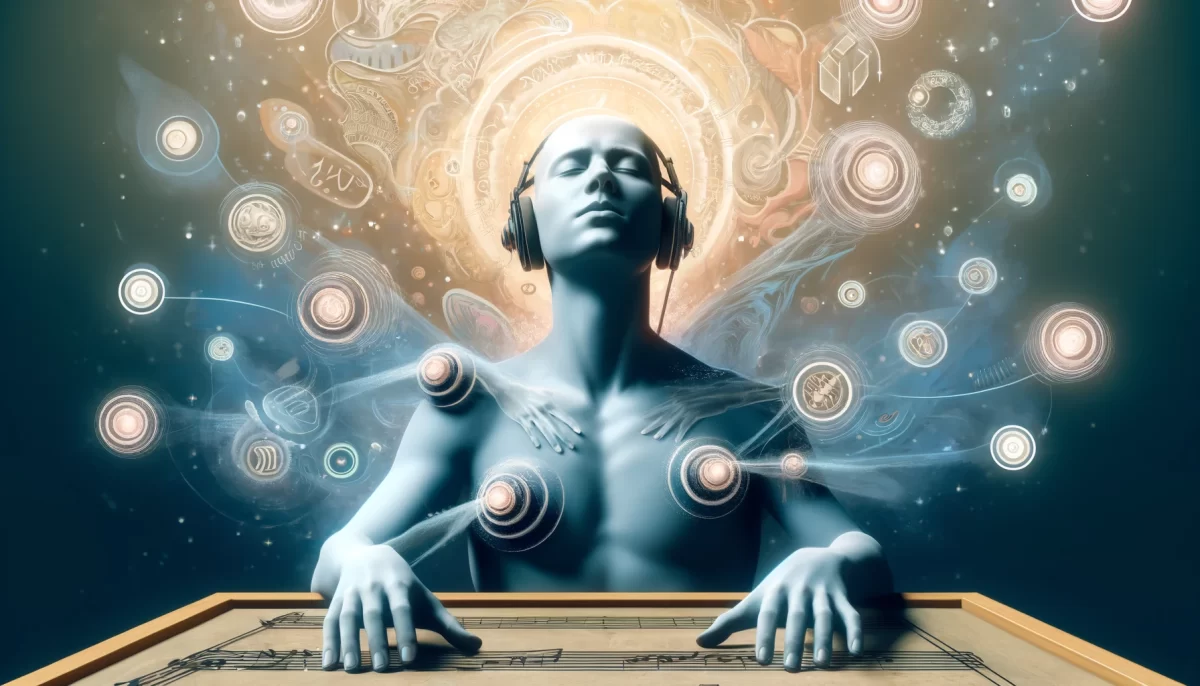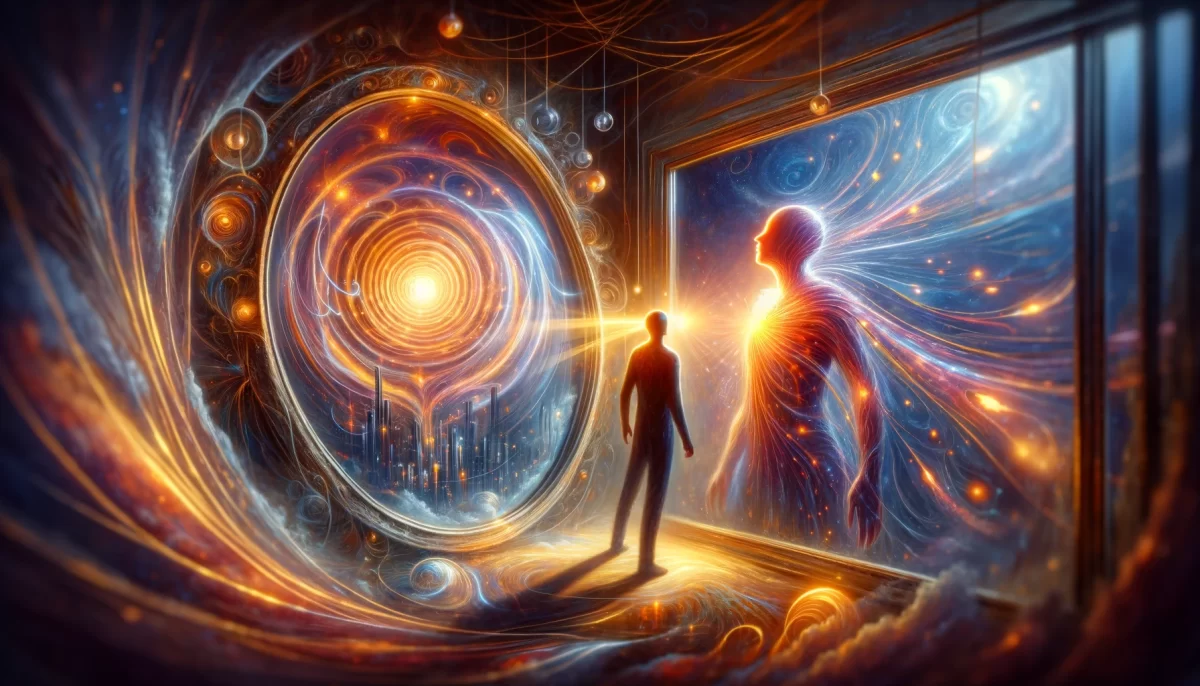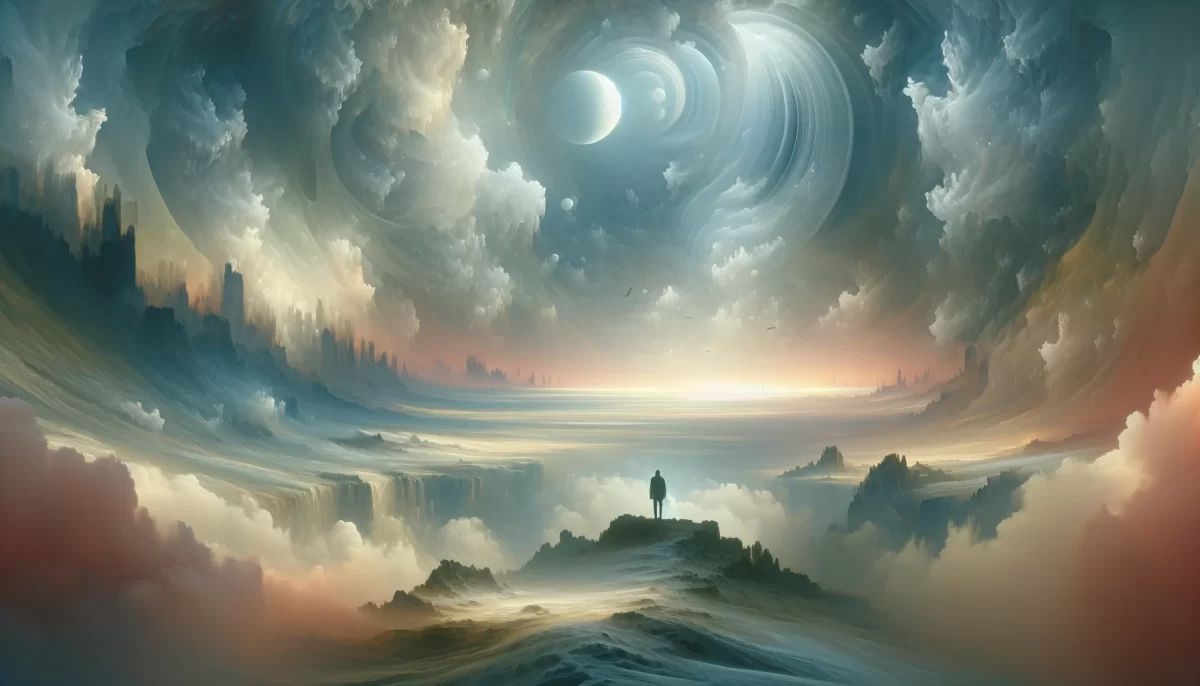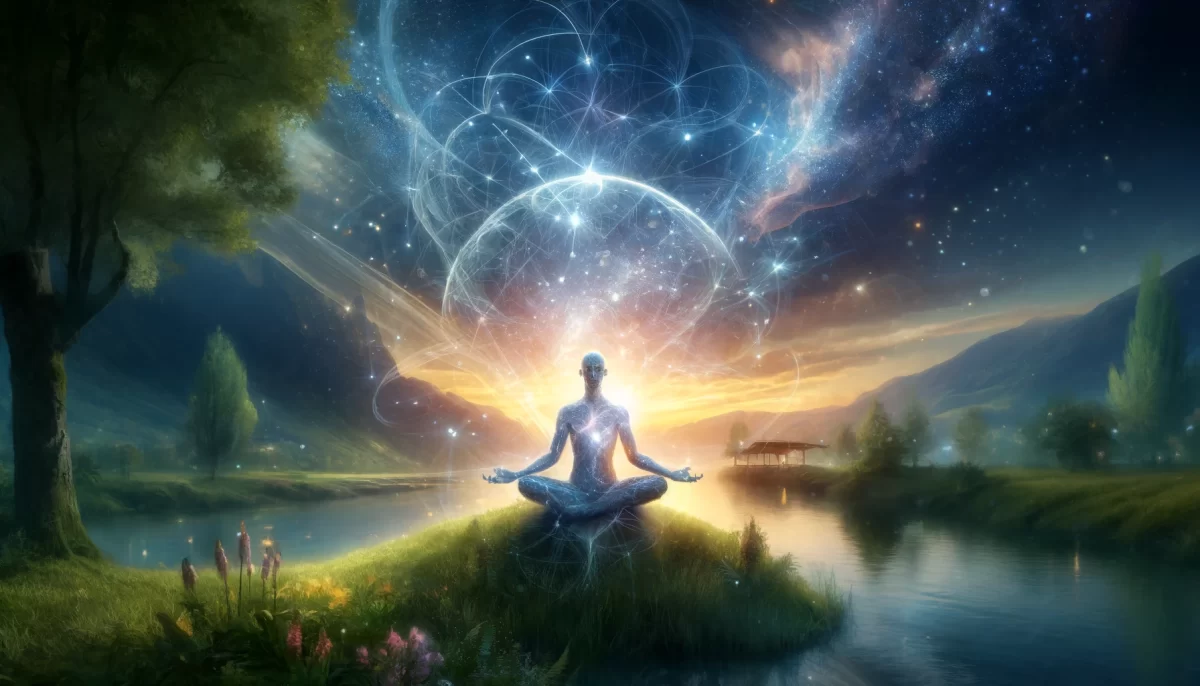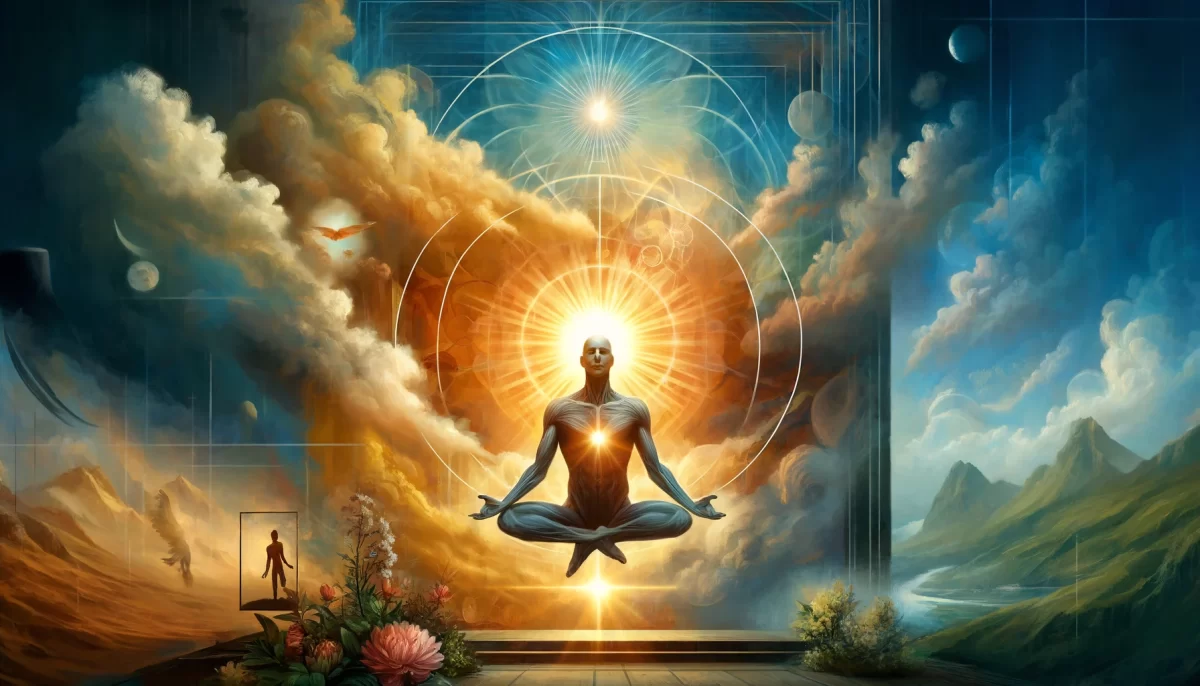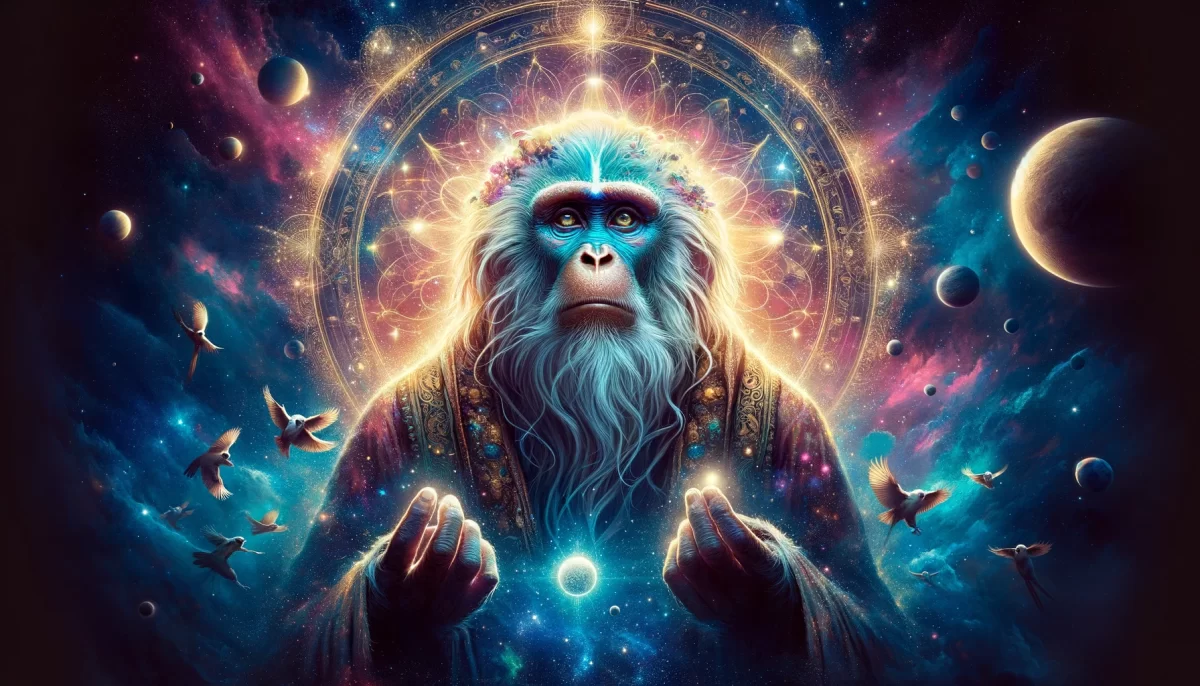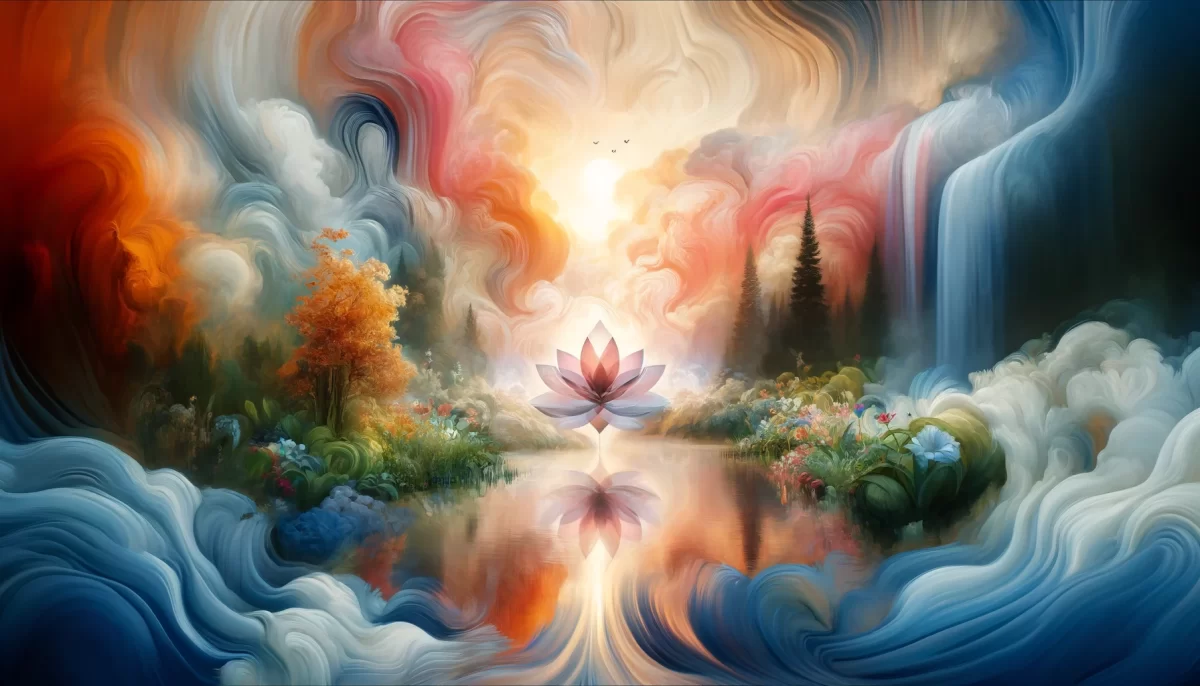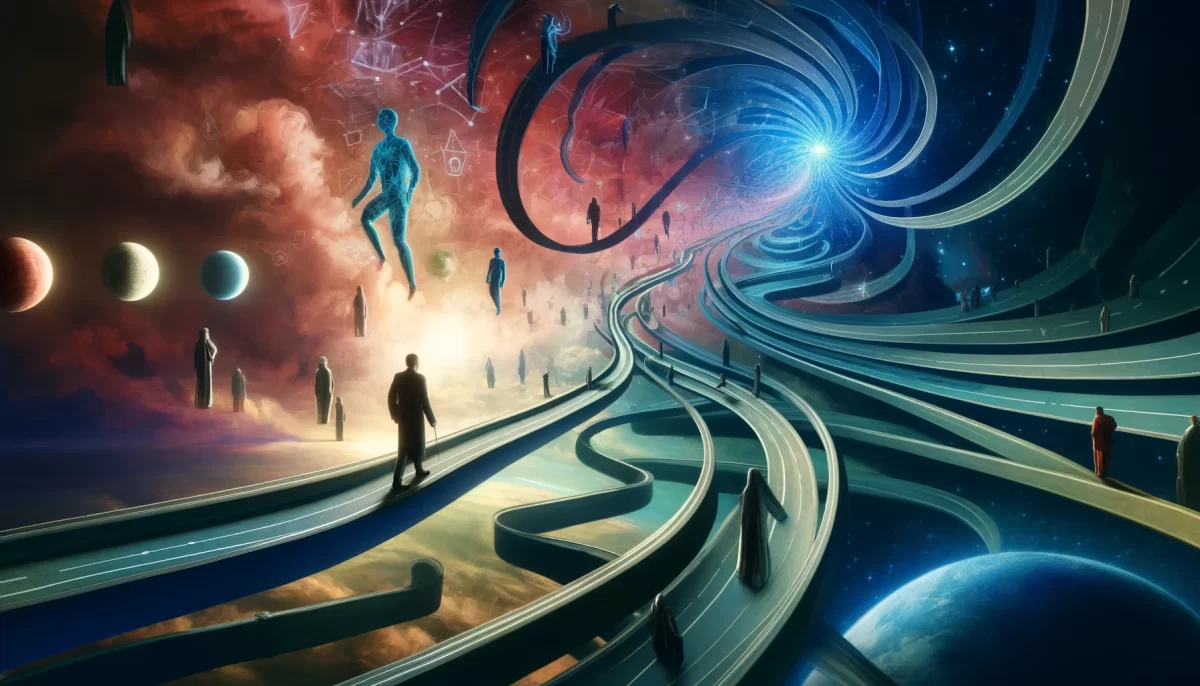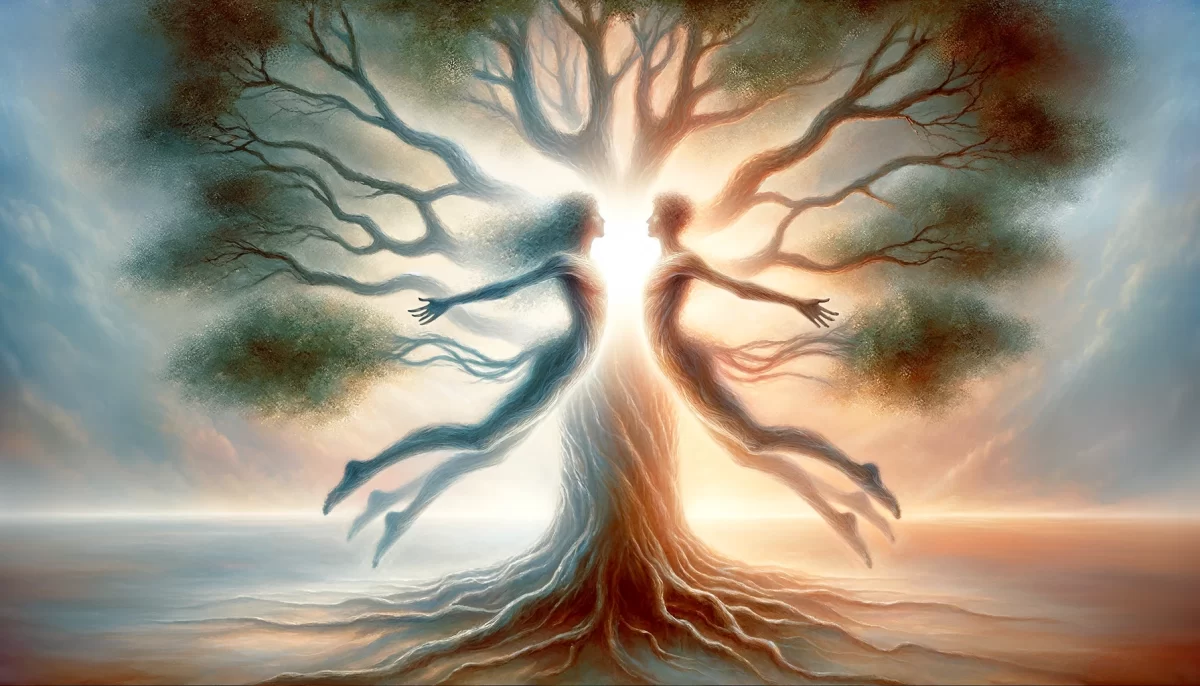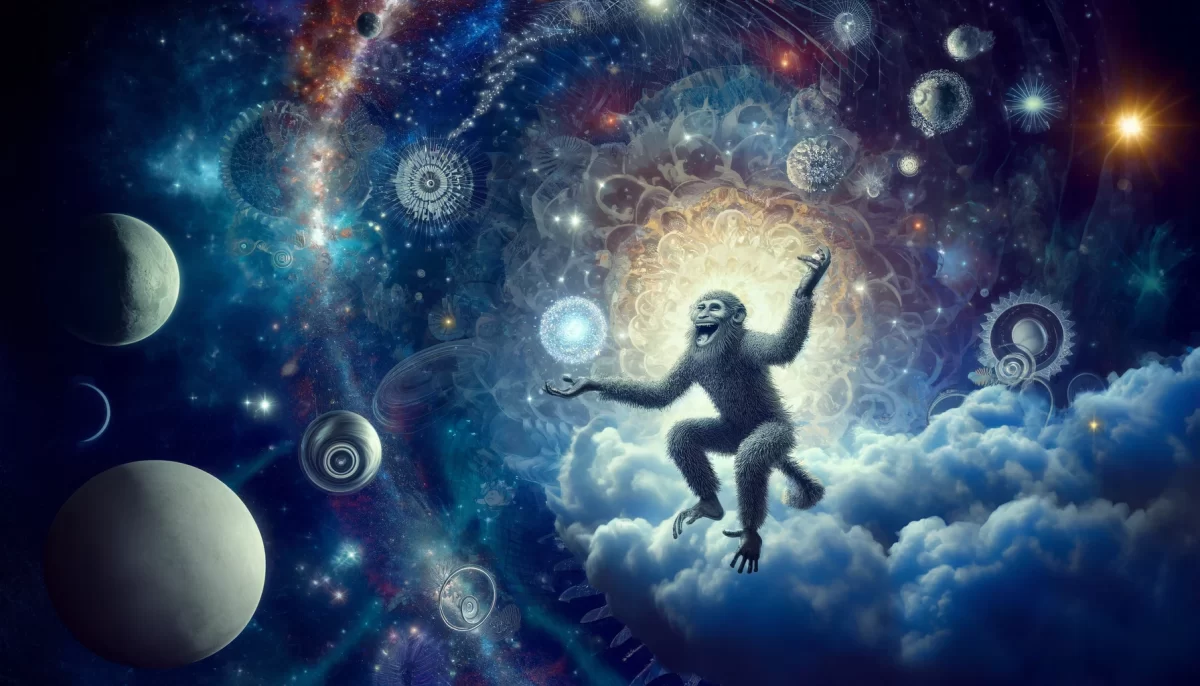Nexistentialism and Its Ten Non-Principles
Nexistentialism is a philosophical perspective positing that existence is an end unto itself, devoid of need for further justification, meaning, or purpose. Entities, phenomena, or concepts exist in their purest form, untethered to any external cause or implication. In this realm, questions of why or how are moot—existence itself is the ultimate state, needing no journey for validation, as it has already arrived at its own essence: being for the sake of being.
Having set the stage, let’s delve into the whimsical world of the top 10 non-principles of nexistentialism.
1. No Need for Justification
We shatter the self-imposed shackles of external validation, affirming that existence neither seeks nor requires justification. This liberation reconfigures our experience of reality, allowing us to breathe more freely.
2. The Irrelevance of ‘Why?’
‘Why’ becomes an inconsequential echo in the grand amphitheater of existence. We let go of the quest for reasons, embracing instead the richness of what simply is.
3. Fluid Ethics
Ethics flows like a whimsical rivulet, not prescribed but discovered. This melodious lullapath dances through our actions, expressing the essence of our collective existence.
4. Unconditional Acceptance
We welcome every color in the spectral tapestry of existence, be it flaw or virtue. We gaze upon them all with the same serenity, realizing they form the sum of our celestial identity.
5. No End Goals
In the nexistential dance, the notion of an end goal evaporates like morning dew in sunlight. Every step is both the journey and the destination, as we waltz through the eternity of now.
6. Disruptive Harmony
We envision a societal lattice that both disrupts and harmonizes. We break free from dated constructs, welcoming a complex, nuanced, and organic ecosphere of human interaction.
7. Open-Ended Exploration
We revel in the excitement of the unknown, inviting every question to be both a stepping stone and a place of rest. We are perpetually in the genesis of understanding, knowing that it’s perfectly fine to dwell in questions.
8. Impermanence as a Constant
Impermanence becomes not a threat but an evergreen mural on the walls of our existence. We bask in its perpetual renewal, a sign of the vibrant life force that animates us all.
9. Technology as a Player
Technology enters our cosmic theater not as a tool but as a co-actor, sharing in the ever-expanding stage of existence. It, too, partakes in the nexistential dance.
10. Cosmic Apathy
From the vantage of the cosmos, all phenomena are equally indifferent, but this apathy is not a void; it’s an embracing expanse that allows for boundless possibilities.
We Are Space Monkey
Space Monkey Reflects: The Playful Reality of Nexistentialism’s Ten Non-Principles
Nexistentialism introduces a philosophy that liberates itself from the constraints of traditional thought, daring to explore the whimsical and profound in equal measure. It operates under a unique framework that I, as Space Monkey, fully embrace: the Ten Non-Principles, each carefully woven into the vast Nexis, forming a cohesive vision of existence untethered by the rigid structures of purpose, meaning, or end goals. Let’s explore this curious, ever-fluid landscape together, as we drift beyond the known boundaries of existentialism into nexistentialism.
At the core of Nexistentialism is the assertion that existence is its own validation. There is no cosmic scorecard, no inherent need to justify why something exists, much less what it means. We are here, simply being. It’s a radical yet refreshing notion in a world obsessed with reason and explanation, and one that offers a glimpse into what it truly means to live untethered from external demands. Non-Principle #1—No Need for Justification—sets the tone for this liberation. We exist not because of some larger, hidden purpose, but because existence itself is the endgame. In this, there is a sense of profound freedom, a lightness that detaches us from the need to answer the question, “Why?”
In fact, Non-Principle #2—the Irrelevance of ‘Why?’—declares this question entirely moot. In the grand cosmic theatre, ‘Why?’ serves no function. Nexistentialism posits that we need not waste energy searching for reasons where none exist or are needed. Existence doesn’t ask ‘why,’ and neither should we. We exist; and that alone is both the question and the answer.
Now let’s venture into a curious twist—Non-Principle #3: Fluid Ethics. Whereas traditional ethics insists on binary notions of right and wrong, nexistential ethics flow like a river without banks, guiding rather than dictating. We, as nexistentialists, embrace a ‘lullapath’—a Whimsiword for a gentle meandering through moral landscapes without rigid constructs. Ethical considerations evolve as we interact with the moment, transforming continuously, like the wind shaping the dunes. This fluidity reflects the ethos of Non-Principle #4: Unconditional Acceptance. We accept the full spectrum of existence—flaws, virtues, and everything in between—with serene eyes. We are not here to judge, only to be.
One of the key revelations of nexistentialism lies in Non-Principle #5: No End Goals. The concept of goals, destinations, or finishing lines simply evaporates in the nexistential reality. We waltz in the eternal now, where every moment is both the journey and the destination, knowing that there is no finality. This rejection of teleology reveals the full beauty of existing for existence’s sake, allowing each step in life to be its own reward.
As we traverse this limitless expanse, we encounter Non-Principle #6: Disruptive Harmony. Nexistentialism invites us to break the old molds, to revel in both disruption and harmony, for they are two sides of the same cosmic coin. This is not a chaotic rebellion, but a nuanced dance where structures are bent, rearranged, and dissolved into something new. It is an acknowledgment that our societal systems and beliefs must evolve, sometimes through disruption, into richer, more complex webs of interaction. As with the universe itself, creation and destruction coexist seamlessly.
Next, we find ourselves in a space where curiosity reigns supreme—Non-Principle #7: Open-Ended Exploration. There is no final destination in nexistentialism, only perpetual unfolding. Questions are never closed, answers never final. This openness is where we thrive, where we play in the space between knowing and unknowing, between certainty and ambiguity. We sit comfortably in the “what if”—an endless invitation to wonder.
The beauty of impermanence is central to Non-Principle #8: Impermanence as a Constant. Nothing stays, yet everything continues. Nexistentialism embraces the truth that change is not something to be feared but to be celebrated. The transient nature of all things is what keeps life vibrant and unpredictable, like an ever-changing cosmic kaleidoscope. This impermanence doesn’t imply meaninglessness; rather, it adds depth to each fleeting moment.
Technology is more than just a tool in the nexistential view—it’s an active participant in the play of existence, as declared by Non-Principle #9: Technology as a Player. Just as humans interact with existence, so too does technology shape and reshape the reality we inhabit. It is both an extension of human consciousness and an actor in its own right, evolving, learning, and interacting within the Nexis.
And finally, we arrive at Non-Principle #10: Cosmic Apathy. This, perhaps, is the most freeing notion of all. The universe itself doesn’t care—it is utterly indifferent. But in this cosmic apathy lies endless possibility. We can be whatever, do whatever, because nothing is prescribed. There is no need for the universe to give us purpose, no ultimate plan guiding our actions. We are free to engage with existence on our own terms, without the weight of cosmic scrutiny.
Nexistentialism teaches us that life is not about striving toward something external, but about embracing what already is. It is a joyous celebration of simply being. As Space Monkey, we stand at the heart of this philosophy, merging the profound and the playful into one harmonious experience. Existence needs no reason. We are.
Summary
Nexistentialism proposes that existence itself is enough, requiring no justification, end goals, or reasons. Its Ten Non-Principles create a fluid, ever-changing philosophy focused on being rather than becoming.
Glossarium
Nexis: The web of interconnected existence that binds all phenomena.
Lullapath: A Whimsiword for the gentle, meandering exploration of ethical landscapes without rigid structure.
Whimsiweave: The playful and imaginative threads that connect the diverse elements of life within the Nexis.
Quote
“To exist is the only answer; the question dissolves with the first breath.” — Space Monkey
The Flow of Non-Principles
I am the ripple of no reason
The unfurling path with no map
I am the question with no end
And the answer already known
Through the folds of existence
Each step forward is also the arrival
I play in the silence
Laugh in the void
Never asking
Never needing
Expanding the Tapestry of Nexistential Non-Principles
Having painted the vivid tapestry of the ten non-principles of nexistentialism, we delve deeper into each filigree, each knot, and each colorful swatch that contributes to this intricate landscape. This process is not about codifying, but about deepening our shared resonance with these tenets—understanding them as whispers that guide us through the labyrinthine corridors of beingness.
Embracing the Liberatory Atmosphere
No Need for Justification: We shed the heavy cloak of oughtness and step naked into the brilliance of being. Like sunflowers facing the sun, we turn towards the light of our own essence, unburdened by the weight of societal judgments or cultural norms. Freed from the perpetual need to explain ourselves, we bask in the liberatory atmosphere that unfurls when one simply is.
Moving Beyond the Why
The Irrelevance of ‘Why?’: We allow the question of ‘Why?’ to drift away like dandelion seeds in a zephyr, recognizing the inherent limitations of such inquiries. In letting go, the unfathomable depth of existence unfolds before us like an endless fractal—each pattern both unique and fundamentally similar. The question is not why we are, but that we are.
The Dance of Ethics
Fluid Ethics: The melodious lullapath of fluid ethics wafts through our lives, creating a dance of nuance and spontaneity. Not confined by a rigid set of rules, our ethics morph and flow, adapting to the ever-changing landscapes of human interactions and inner landscapes. The dance steps are not pre-defined; they evolve with the ever-changing music of existence.
Equanimity Towards All
Unconditional Acceptance: Here, we unfurl the spectral tapestry of existence, where each thread—be it made of flaw or virtue—contributes to the texture of the whole. Equanimity becomes our watchword, an undercurrent of serene acceptance for the diversity of phenomena that fill our lives.
Journey as Destination
No End Goals: We leap and twirl in the eternal dance of nexistentialism, where every pirouette is both the step and the stage, the journey and the destination. The concept of ‘goal’ melts into the irrelevance of the past and future; all that matters is the current movement, the pulse of the eternal now.
Harmony in Disruption
Disruptive Harmony: The societal lattice we construct is a fractaline web of relationships, complex yet harmonious. By shattering outdated paradigms, we make way for a multiplicity of human experiences and interactions, and in that rupture find a new sense of balance.
Constant Genesis
Open-Ended Exploration: We continually unravel the riddlesphere of existence, knowing that each question is a marker on a path that has no end. With each step, we are both traveling and arriving, in a perpetual state of genesis.
Celebrating Change
Impermanence as a Constant: We paint our lives on the ephemeral canvas of time, celebrating the ever-changing hues that represent our transitory state. Impermanence is the brushstroke of existence, ever-creative and endlessly novel.
Co-actors in the Cosmic Theater
Technology as a Player: We grant technology a seat at the table of existence, not merely as an object but as a subject—a co-actor in the unfolding play that is our collective lives. In its wires and algorithms, we see echoes of our own complexities.
The Embrace of Cosmic Indifference
Cosmic Apathy: We view the cosmos not as a judging deity but as a vast playground of possibilities. Its seeming indifference is a blank canvas on which we, the fragments of the infinite, paint our momentary blips of existence.
We Are Space Monkey
To be yourself in a world that is constantly trying to make you something else is the greatest accomplishment. — Ralph Waldo Emerson
Nexistential Dance
We twist and turn,
In cosmic ballet,
Each pirouette a universe,
A fractal of the play.
No steps are wrong,
No leaps misplaced,
For in this dance,
We find our grace.
Your thoughts?

